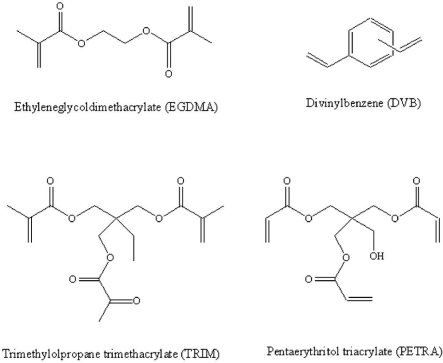
Surface and interface control on photochemically initiated immobilization. In Laboratory Techniques in Biochemistry and Molecular Biology, vol 12. Photogenerated reagents in biochemistry and molecular biology. New photolabeling and crosslinking methods. In: Methods in Enzymology, vol Volume 46. Affinity labelling of antibodies with aryl nitrene as reactive group. Quantification of N-hydroxysuccinimide and N-hydroxysulfosuccinimide by hydrophilic interaction chromatography (HILIC). Labeling Primary Amine Groups in Peptides and Proteins with N-Hydroxysuccinimidyl Ester Modified Nanoparticles Containing Cleavable Disulfide-bond Linkers. Patil US, Qu H, Caruntu D, O’Connor CJ, Sharma A, Cai Y, Tarr MA. In: Bioconjugate Techniques (Third edition). Chapter 5 - Homobifunctional Crosslinkers. In: Chemistry of Protein and Nucleic Acid Cross-Linking and Conjugation, Second Edition. Monofunctional and Zero -Length Cross -Linking Reagents.

The reaction of imidoesters with proteins and related small molecules. Advances in the chemistry of carbodiimides. Formaldehyde, formalin, paraformaldehyde and glutaraldehyde: what they are and what they do. Formaldehyde and glutaraldehyde in the fixation of chromatin for electron microscopy. Chemical and physical basics of routine formaldehyde fixation. Thavarajah R, Mudimbaimannar VK, Elizabeth J, Rao UK, Ranganathan K. In: Chemistry of protein and nucleic acid cross-linking and conjugation. Covering these aspects, the present review highlights the flexible chemistry of FNAB and its applications in the field of surface engineering, immobilization of biomolecules such as antibodies, enzymes, cells, carbohydrates, oligonucleotides, and DNA aptamers, and rapid diagnostics. FNAB has distinct advantages over perfluorophenyl azide derivatives, which are contemporary nitrene-generating photolinkers, because of its simple, single-step preparation and ease of thermochemical and photochemical reactions with versatile polymers and biomolecules.

The first evidence of photochemical activation of an inert surface by FNAB through nitrene insertion reaction was reported in 2001, and the FNAB-activated surface was found to conjugate a biomolecule without any catalyst, reagent, or modification. Surprisingly, this photolinker, historically known as 1-fluoro-2-nitro-4-azidobenzene (FNAB), has remained unexplored for a long time because of apprehension that FNAB forms ring-expanded dehydroazepine as a major product and hence cannot activate an inert polymer. In this review, we describe the versatile applications of 4-fluoro-3-nitrophenyl azide, one of the oldest photolinkers used for photoaffinity labeling in the late 1960s. Among them, the benzophenones, aryldiazirines, and arylazides represent the most commonly used photolinker to produce the desired chemical linkage upon their photo-irradiation. Different linkers with a variety of functional groups are used for these purposes. Immobilization of biomolecules onto polymer surfaces and the construction of bioconjugates are essential requirements of many biochemical assays and chemical syntheses. Bioconjugation and functionalization of polymer surfaces are two major tasks in materials chemistry which are accomplished using a variety of coupling agents.


 0 kommentar(er)
0 kommentar(er)
